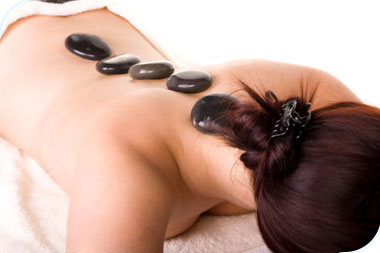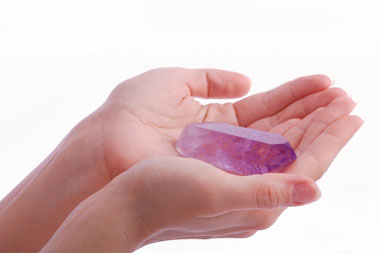Benefits of a Deep Tissue Massage
* Relieves pain
* Increases mobility and range of movement
* Rehabilitates injured muscles from whiplash and sports injuries etc
* Helps posture
* Helps the muscles recover from strenuous exercise regimes
* Allows the muscles to grow faster, therefore it is highly recommended for weight lifters
* Gives pain relief from the symptoms of fibromyalgia
* Improves blood pressure
* Breaks up scar tissue
* Nerve pain
* Headaches and migraines
* Digestive disorders
* Increases circulation
* Pain management
* Encourages the production of collagen
Frequently asked questions
I have heard that Deep Tissue Massage is painful, is that true?
Deep tissue massage can be a little uncomfortable and you may feel a bit sore over the next day or two. However, it should not be excruciatingly painful and you are always in control of the levels of pressure that are being applied by simply telling your therapist what level is comfortable for you. As a rough guide, imagine a pain scale 1 to 10, 10 being unbearable. The pressure at the site of an adhesion (knot) should be at least a 6 to break it down, but no more than a 7. Many therapist feel that if they are not hurting you then they are not doing a thorough job, but this is not the case, if you penetrate so deep into the muscle that it results in severe bruising, skin tears, sores or pain lasting more than 24-48 hours then the therapist has caused as much harm as good. Yes the lactic acid will be broken down but good muscle fibres may have been damaged in the process and then need a much longer recovery time. In short - It is always best to have a few more lighter sessions with less pain that one or two excruciating sessions.
How many deep tissue sessions will I need?
This will vary from person to person and will depend on the severity of lactic acid build up in the muscles, but as a general guide; the first few sessions should be as frequent as one - two per week for a period of six - eight weeks, after that, your therapist will discuss with you the level of improvement and possibly reduce your sessions down to one per fortnight, eventually leading on to one per month. However, If you are a regular sports person, exposed to repetitive strain or have an unhealthy lifestyle or diet then more frequent sessions will be required as you are more prone to the body storing toxins.
What's the difference between a Deep Tissue Massage and a Sports Massage?
Contrary to popular belief, Deep Tissue Massage is actually a deeper massage than a Sports Massage, hence it's name. Whether you are a sports fanatic, office worker, builder or retired, most people would benefit at some stage of their lives from a deep tissue massage. A Deep Tissue Massage Therapist will penetrate deep through the layers of muscle fascia to release lactic acid and tightness within the muscle or connective tissue that has built up as a result of poor posture, over stretching, over use / repetitive strain, poor diet, dehydration etc. Whereas a Sports Massage Therapist will have been specifically trained to deal with sports injury and athletic performance. They will focus on the persons ability, flexibility and mobility and work with them to obtain optimum results in their chosen sport. For instance, if you are a cyclist then a sports therapist will generally concentrate on your IT bands, quads and calf muscles.






